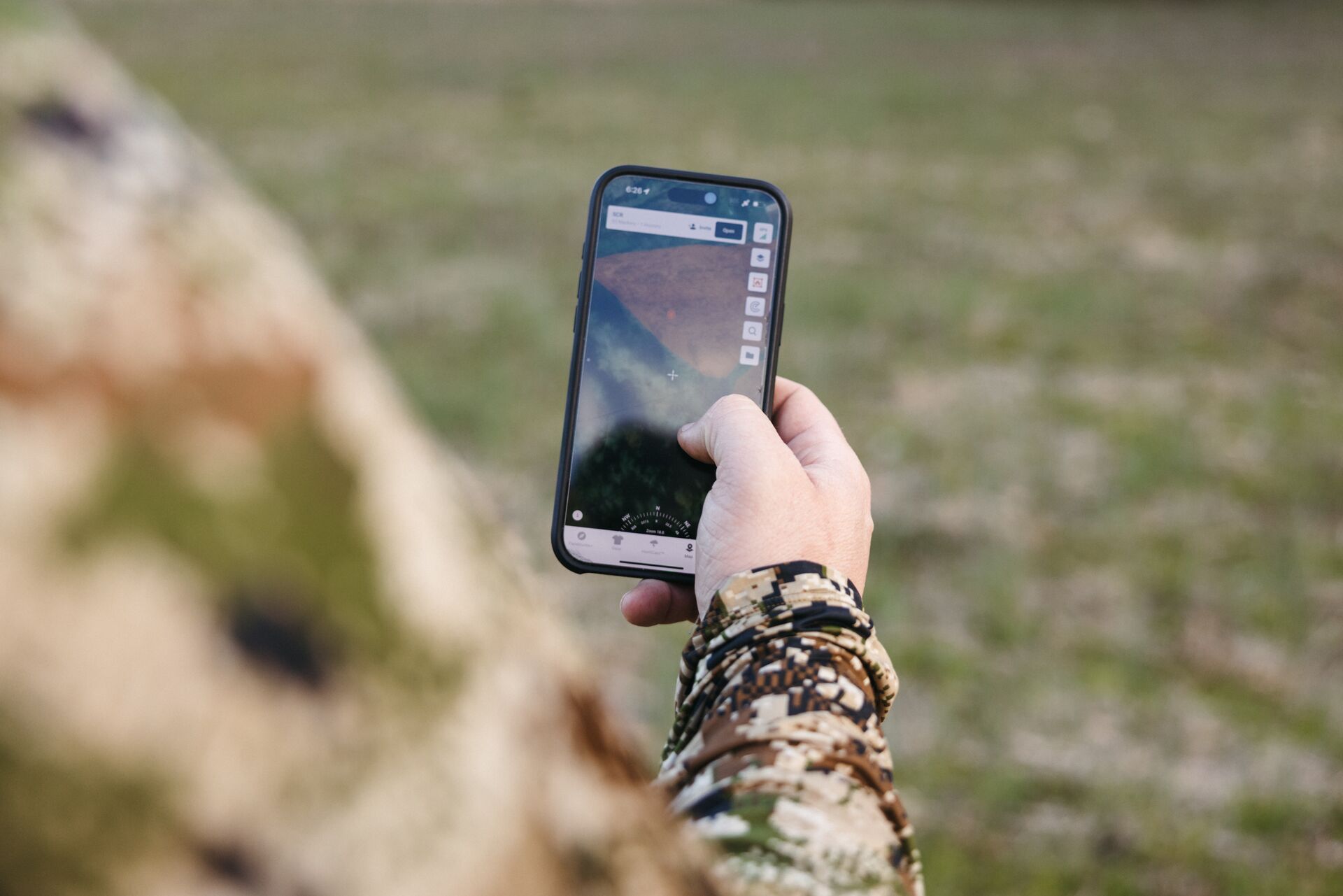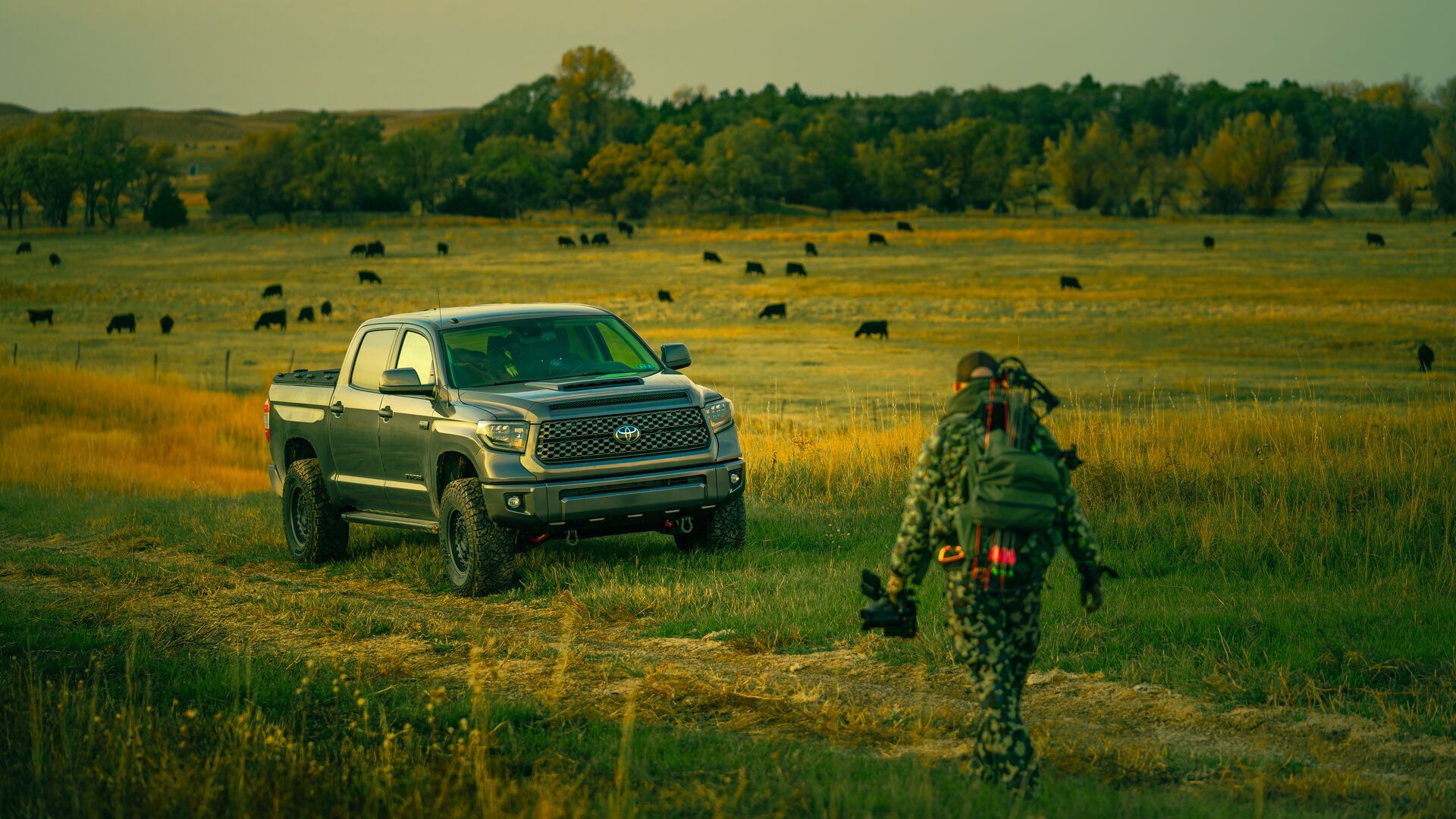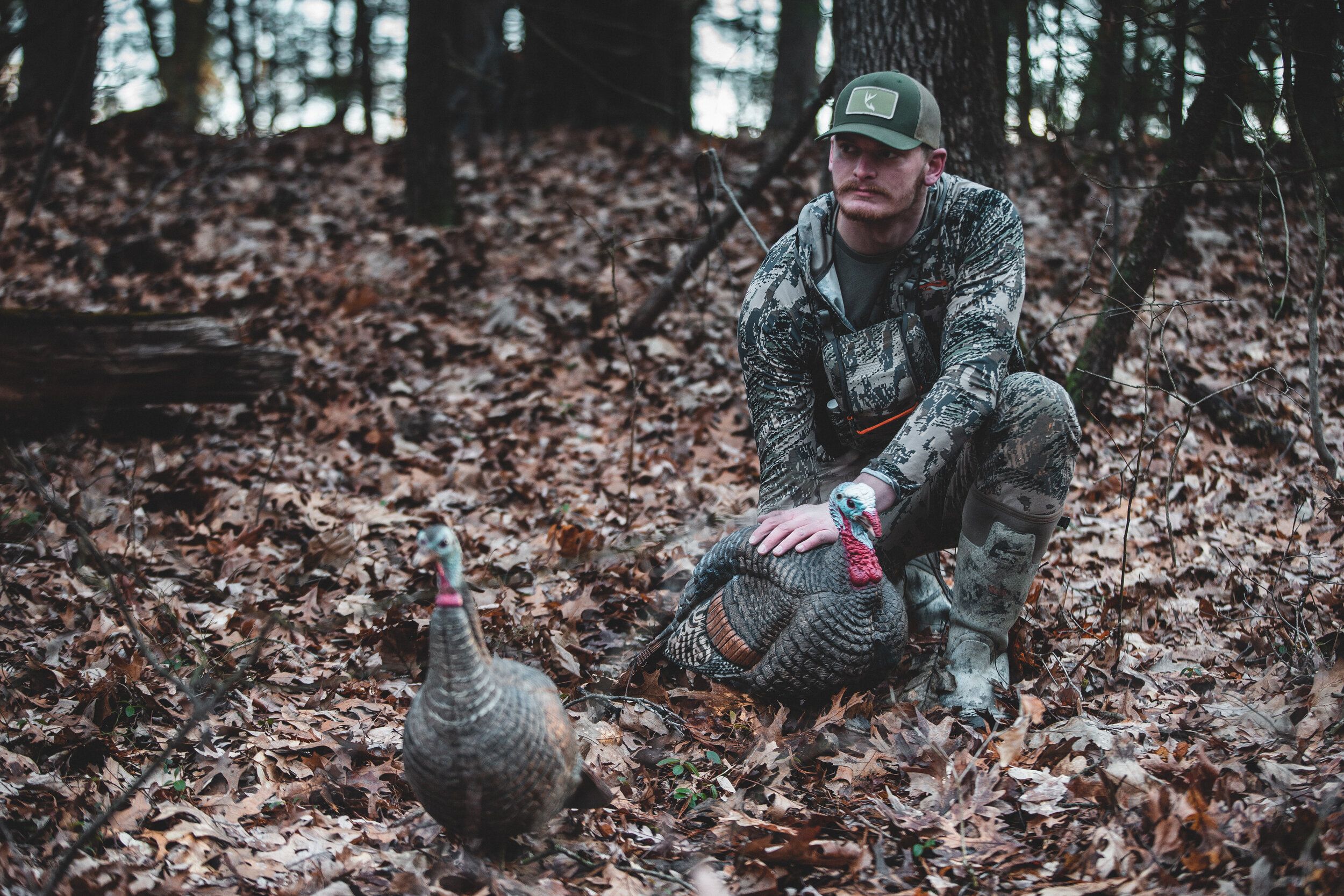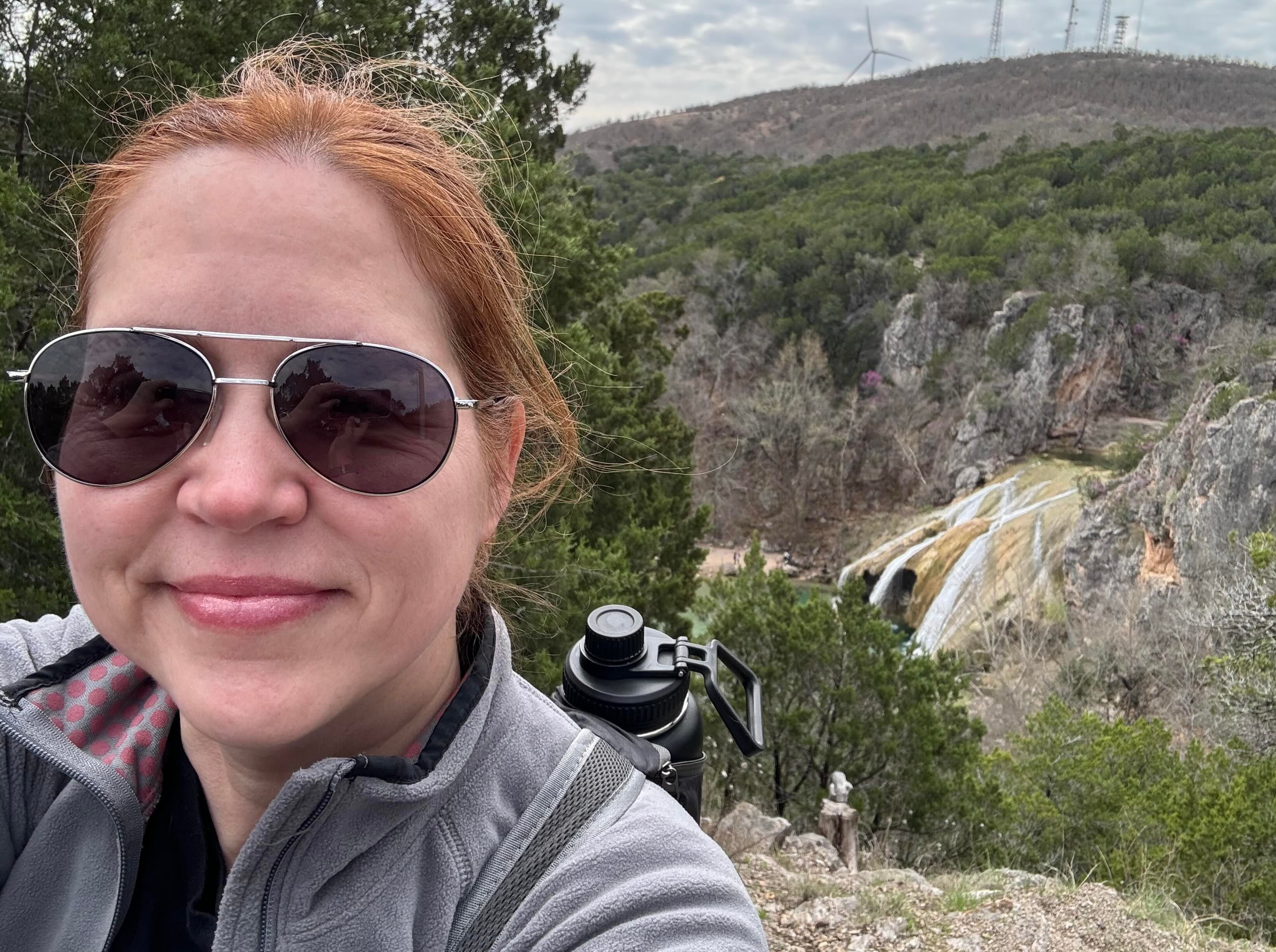Field Guide / Hunting Tips
Shed Hunting 101: How (and Why) to Find Sheds
The early spring pastime of choice for hunters across the country, shed hunting gives thousands of whitetail hunters a new excuse to get outdoors. For many, exercising and experiencing the whitetail woods in the spring opens new insights into the whitetail life cycle and familiarizes hunters with cold-weather deer habitats.
Previous in Hunting Tips
More Content Like This

Why You Need a Topographic Map App for Stand Locations (and More)
Before you step foot on that new property for a hunt, you need to check a topographic map app. Let's talk about why. Read More
Read MoreHow to Find Hunting Land for Turkey Hunting This Spring
The first challenge for all hunters is finding a solid piece of hunting land. Every hunter wants exclusive access to a great property. However, that is not always the case. Most hunters join the crowds and hunt public land, while others head out to p...Read More
Read More
Leave No Trace Hunting: What it Means and Why We Do It
Imagine going on a fishing trip with a buddy in the high country, then hiking a good few hours to a small stream. You're a fair way off the grid, and after finding a nice clearing to set up for a couple of nights, the first thing you see is half-burn...Read More
Read More Hunting Tips
Hunting TipsWhy You Need a Topographic Map App for Stand Locations (and More)
Before you step foot on that new property for a hunt, you need to check a topographic map app. Let's talk about why. Read More
Read More Hunting Tips
Hunting TipsHow to Find Hunting Land for Turkey Hunting This Spring
The first challenge for all hunters is finding a solid piece of hunting land. Every hunter wants exclusive access to a great property. However, that is not always the case. Most hunters join the crowds and hunt public land, while others head out to p...Read More
Read More Hunting Tips
Hunting TipsLeave No Trace Hunting: What it Means and Why We Do It
Imagine going on a fishing trip with a buddy in the high country, then hiking a good few hours to a small stream. You're a fair way off the grid, and after finding a nice clearing to set up for a couple of nights, the first thing you see is half-burn...Read More
Read More
1 of 3
